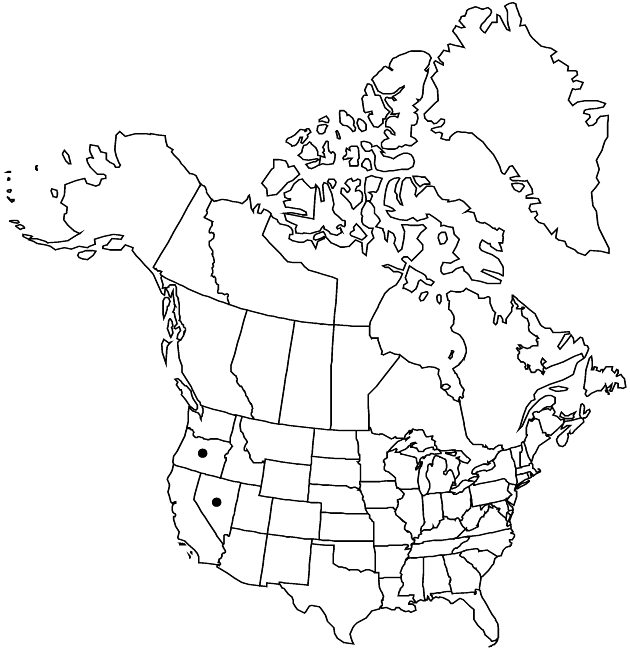Difference between revisions of "Crepis runcinata subsp. imbricata"
Publ. Carnegie Inst. Wash. 504: 102, fig. 11. 1938.
FNA>Volume Importer |
FNA>Volume Importer |
||
| Line 46: | Line 46: | ||
|publication year=1938 | |publication year=1938 | ||
|special status= | |special status= | ||
| − | |source xml=https://jpend@bitbucket.org/aafc-mbb/fna-data-curation.git/src/ | + | |source xml=https://jpend@bitbucket.org/aafc-mbb/fna-data-curation.git/src/f6b125a955440c0872999024f038d74684f65921/coarse_grained_fna_xml/V19-20-21/V19_312.xml |
|tribe=Asteraceae tribe Cichorieae | |tribe=Asteraceae tribe Cichorieae | ||
|genus=Crepis | |genus=Crepis | ||
Revision as of 18:36, 24 September 2019
Plants 15–30 cm. Leaves: petioles narrowly winged; blades oblanceolate or elliptic, 1.5–3.5 cm wide, margins strongly and closely dentate (teeth prominently white-tipped), faces glabrous. Heads 3–7. Involucres 10–13 mm. Phyllaries oblong, apices obtuse or acute (ciliate), faces strongly stipitate-glandular. Cypselae reddish brown, 4.5–5 mm, narrowed, not beaked; pappi 5–7 mm.
Phenology: Flowering May–Jun.
Habitat: Wet meadows, alkaline seeps
Elevation: 1200–1900 m
Discussion
Selected References
None.
Lower Taxa
None.
